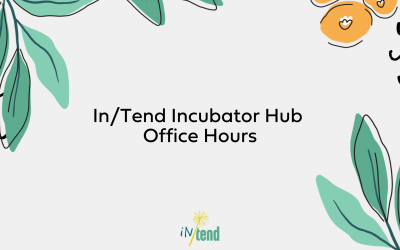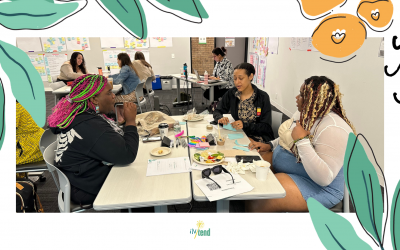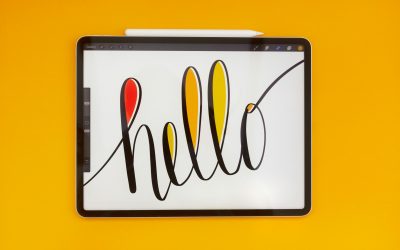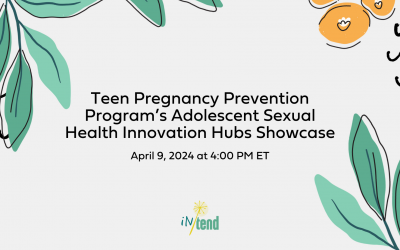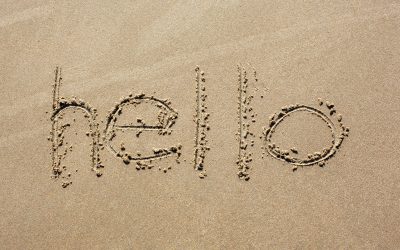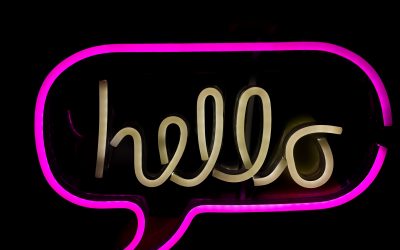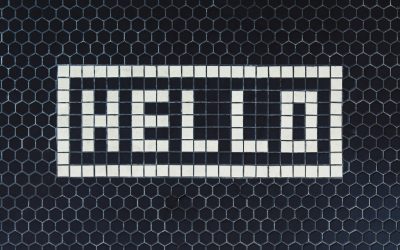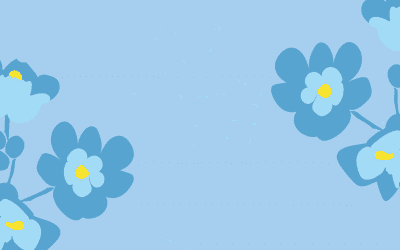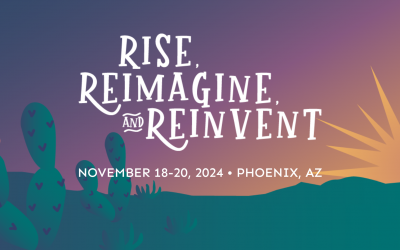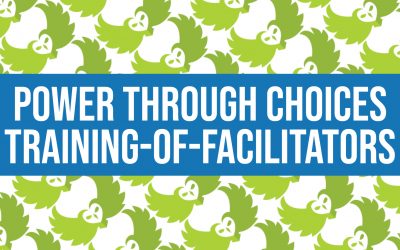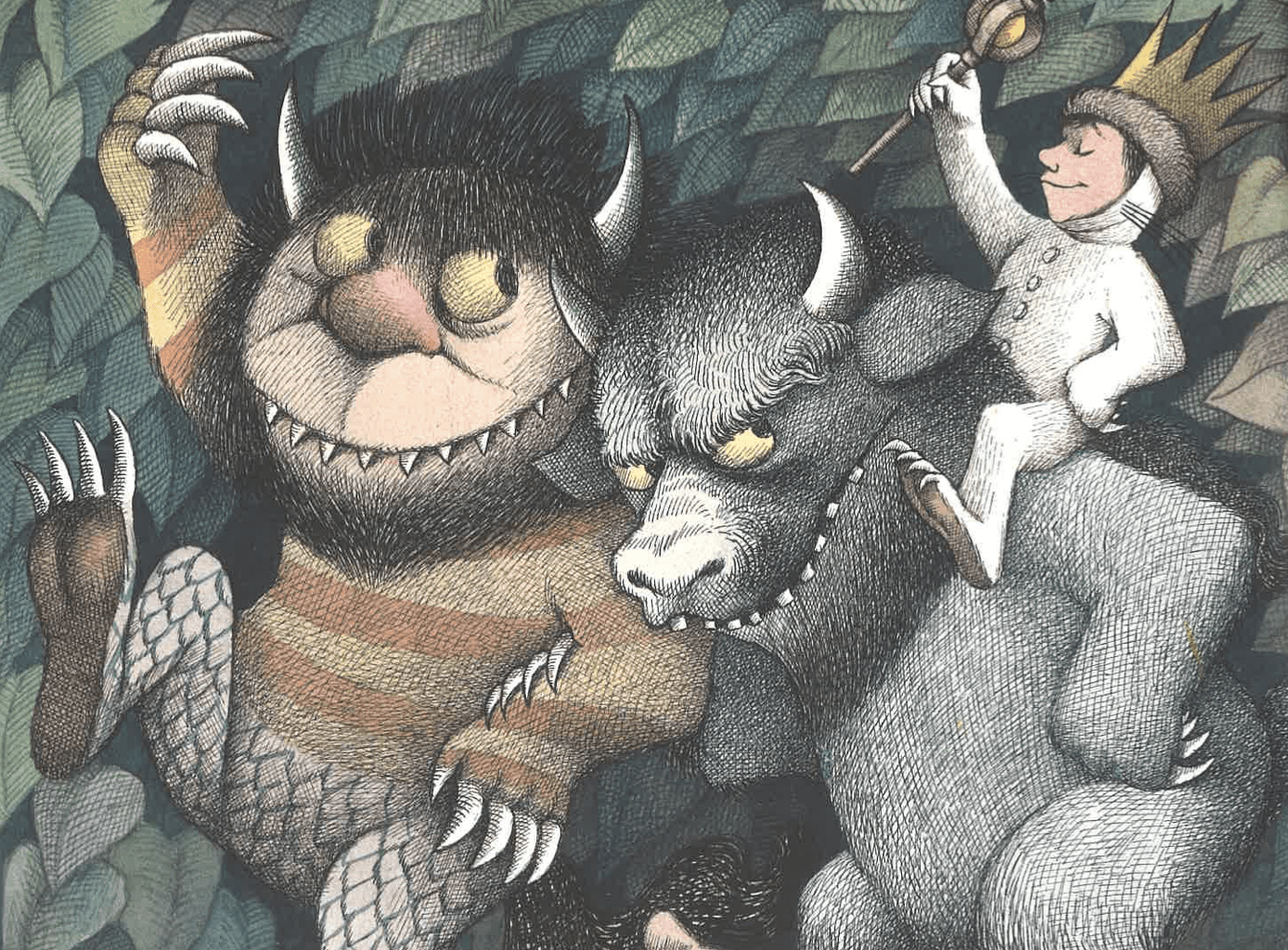

By Nicholas Sufrinko
November 10, 2022
“T
hat very night in Max’s room a forest grew and grew—and grew until his ceiling hung with vines and the walls became the world all around.” -Maurice Sendak, Where the Wild Things Are
Halloween is one of my favorite celebrations. An indulgence of childlike wonder and imagination, so much of it appeals to the designer-in-me: gritty fabrication, boundless vision, and the audacity to ask “what if?” A constructed dream state required yearly to process the weight of the waking hours, at its core is a ceremony in its truest sense—ancient, necessary, collective, and even solemn..
Another Halloween, here and gone. Me this year? I was Max—just a boy pretending to be a wolf pretending to be a king from Where the Wild Things Are.
Halloween is one of my favorite celebrations. An indulgence of childlike wonder and imagination, so much of it appeals to the designer-in-me: gritty fabrication, boundless vision, and the audacity to ask “what if?” A constructed dream state required yearly to process the weight of the waking hours, at its core is a ceremony in its truest sense—ancient, necessary, collective, and even solemn.
Halloween aside, I try, as best I can, to summon some of this energy all year long. For my work especially, that means the occasional lean-in to the playful, outrageous, and make-believe—creating brands, products, campaigns, and other things of all varieties that are just a little bit wild.
Here’s why it matters.
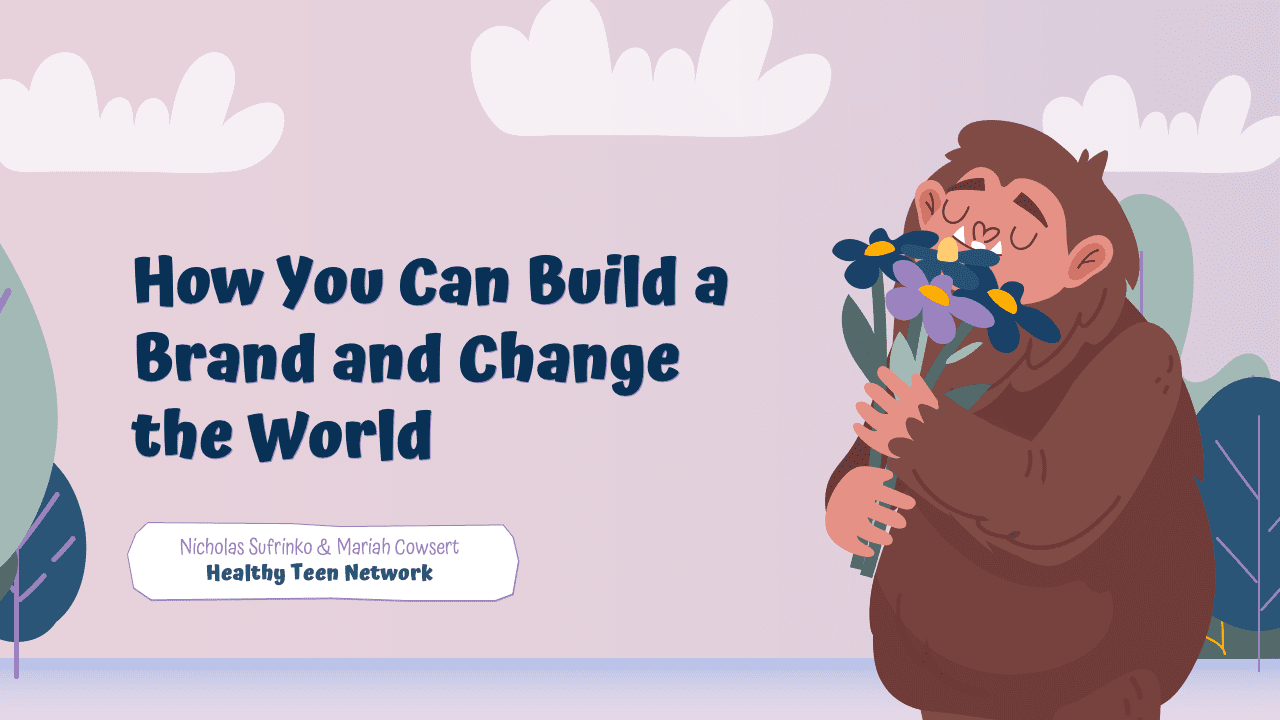
1. Wild things expand thinking.
In one workshop my colleagues and I lead, we challenge participants to rebrand a fictitious park suffering from an unconscionable number of Bigfoot sightings. Yes, that Bigfoot. In another, we task novice human-centered designers with alleviating Moira and David Rose’s irksome “fold in the cheese” worriment from the comedy series Schitt’s Creek.
Grounding practice activities in playful conceits like these is intentional. Leaving content from their fields of work behind (often in sexual health care and education), participants are free to engage in the subject matter at hand—in these cases, branding and human-centered design. Without the tedious nuances of subject matter expertise, most engage with these new methodologies with speed, grit, and a beginner’s mindset—all vital to expanding thinking. Whether Bigfoot or Moira, wild workshops allow participants to play as a novice, swapping can’ts and won’ts for cans and wills.
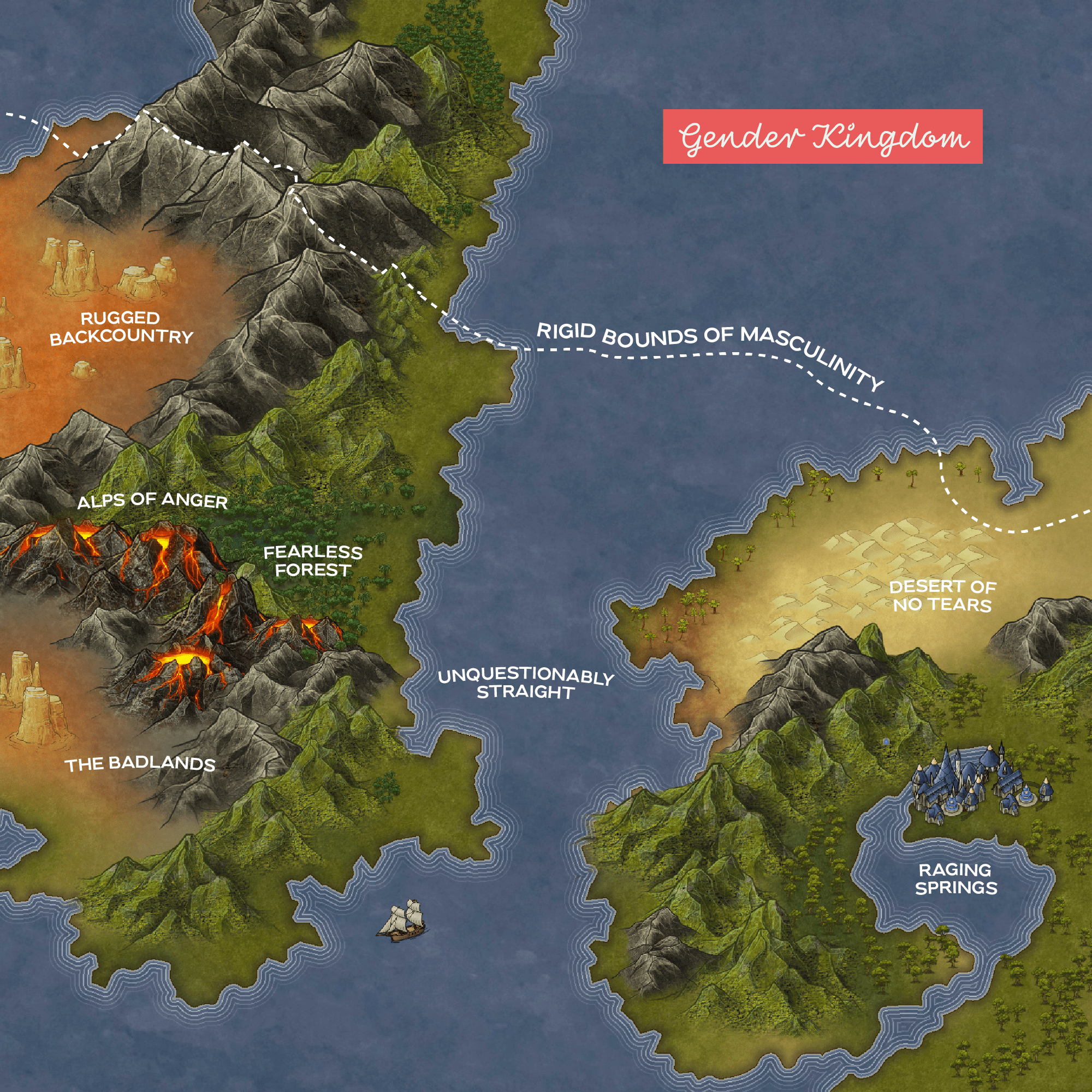
2. Wild things make new connections.
Last spring, I designed a series of infographic-like Instagram posts for Equimundo’s brand-new Many Ways of Being curriculum, an evolution of Manhood 2.0 and Sisterhood 2.0. For these, we explain concepts in sexuality and gender using wildly unrelated visuals—The Periodic Table of Elements; the roots, stem, and buds of a weed; even a cheeseburger.
Harnessing familiar images like these allows our followers to analogize. If they know something about the Periodic Table, or the botany of a weed, or the delicious versatility of a burger and all its delicious toppings (and many do!), they’re more than halfway there.
In one two-post example, we chart traditional gender roles in a fantasy-style map. This analogy helps us suggest how gender divides the full range of the human condition into arbitrary territories, is bound or limited by social borders, and most perhaps crucially, may be expanded at its frontiers. While seemingly outrageous on its face—a map of “tHe GeNdEr KiNgDoM”—these abstract concepts come alive with specificity and substance.
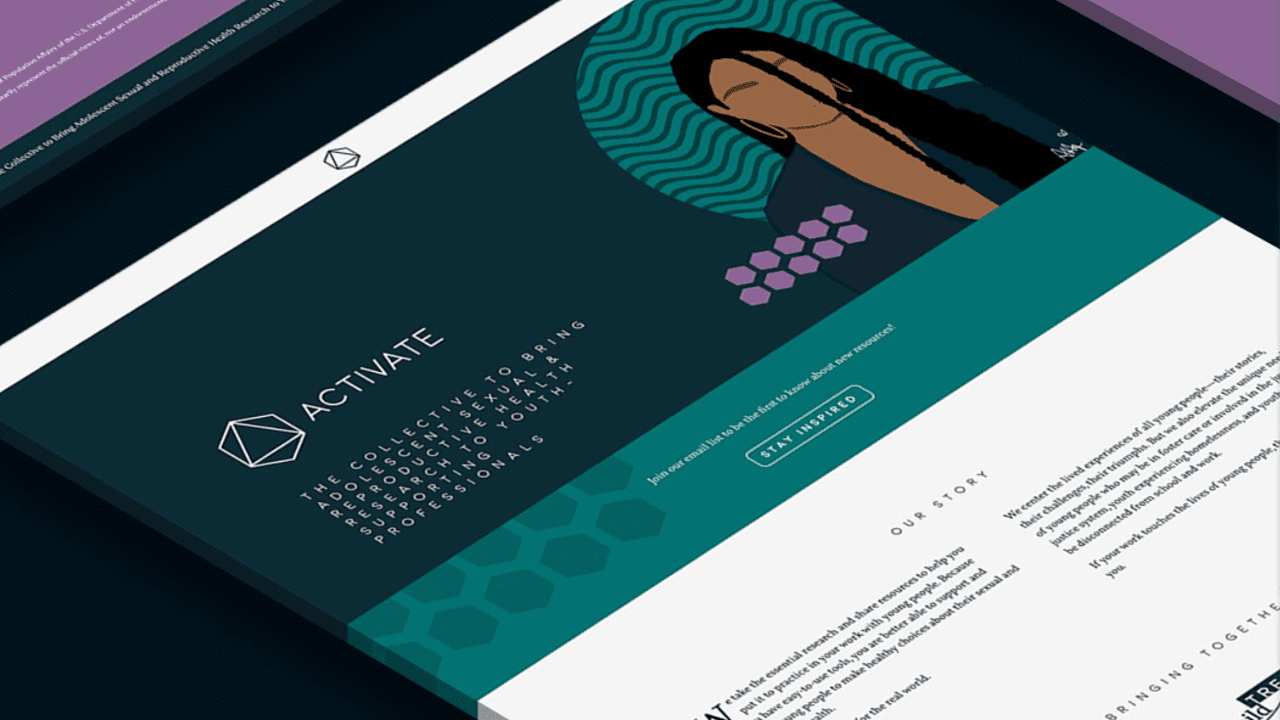
3. Wild things resonate on deep, emotional levels and spark action.
When Healthy Teen Network was part of one research-to-practice project, we worked with partners to choose a name and create a visual identity for it. Both name and visuals were inspired by early science, particularly chemistry: Activate is the name, the color scheme is gem-inspired—including Amethyst, Amazonite and Amber—and the logo and textures derive the four classical element symbols and the hexagonal grids of chemistry’s skeleton formulas.
Where the Many Ways of Being infographic-like examples force new conscious connections between known and new concepts, Activate’s connection to early science and chemistry is intended to be more subtle, even subconscious. Of all possible footings from which to write Activate’s origin story, we chose early science to emphasize the science-based approaches its sexual health resources take. Trust in their science, the brand whispers, just as you might in chemistry or geology. The point here is that a make-believe affiliation, even a nebulous one, can spark a connection, make you feel something, and sometimes, even drive you to action.
In a separate, more recent project, we’re playing with the vernacular of children’s storybooks to tell policymakers the stories of young adults who were once part of the foster care system and are now parenting children of their own. Even though our audience is adults (and policymaking adults at that!), we hope our perhaps wild choice to play with storybooks helps our stories land with a certain emotional coziness—one that with any luck, might even inspire change.
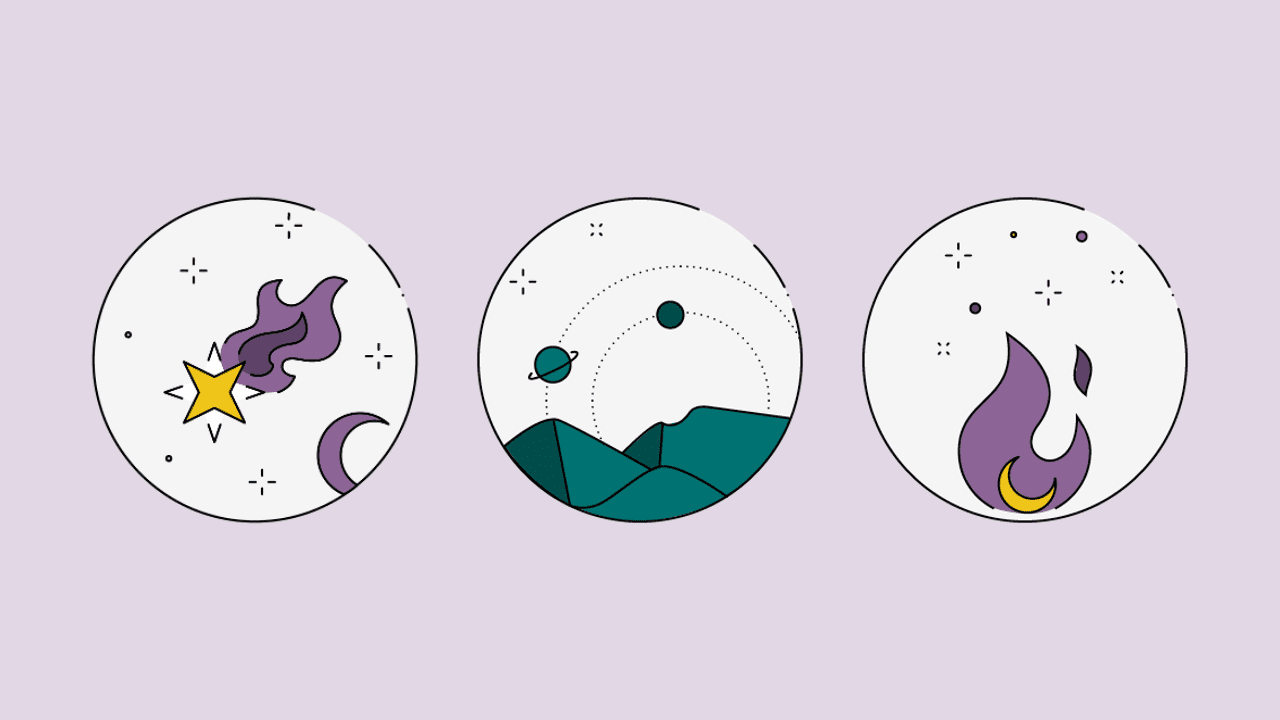
4. Wild things are remembered.
When it was time to create illustrations for Activate, something our brand book didn’t consider, we knew where to start: the visual language of early science. Ultimately, our illustrations were inspired by early chemistry’s alter ego, alchemy. For these, I used bohemian-inspired gemstones, celestial objects, and the four classical elements in our illustrations.
You may know that consistency is key to creating a memorable brand. It is. If done right, someone meeting your brand twice a year will recognize it, know its name and its story. Yet we all know how hard consistency in branding can be. But here’s a little secret: When design elements like color, type, texture, illustration, and photography are chosen with intent—when they’re part of a seemingly outrageous logic or make-believe story—it’s a lot easier to stay true to your North Star. Embrace wild brands, be consistent, and be remembered.
5. Wild things are human.
Let’s face it. Our work is often heavy. And just as Halloween serves as dream state to process the weight of waking life, so too can the occasional dabble in the playful, outrageous, and make-believe help us process all that is heavy in the world of sexual and reproductive health. It allows us to feed our souls—and our humanity.
So to colleagues and friends near and far, long-standing and not-yet-met, for all these reasons combined, I invite you with me to summon the playful, outrageous, and make-believe and take the charge of a boy pretending to be a wolf pretending to be a king. “And now,” cried Max, “Let the wild rumpus start!”
Nicholas Sufrinko is a Creative Direction and Product Design Manager at Healthy Teen Network and is the brand and creative lead behind many of our projects. You can often find him hiking, biking, or stargazing. Read more about Nick.

